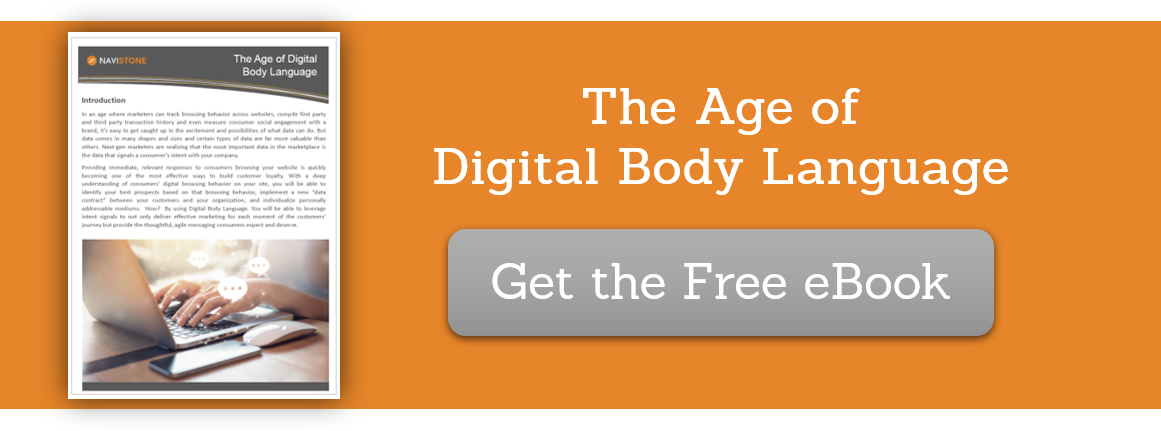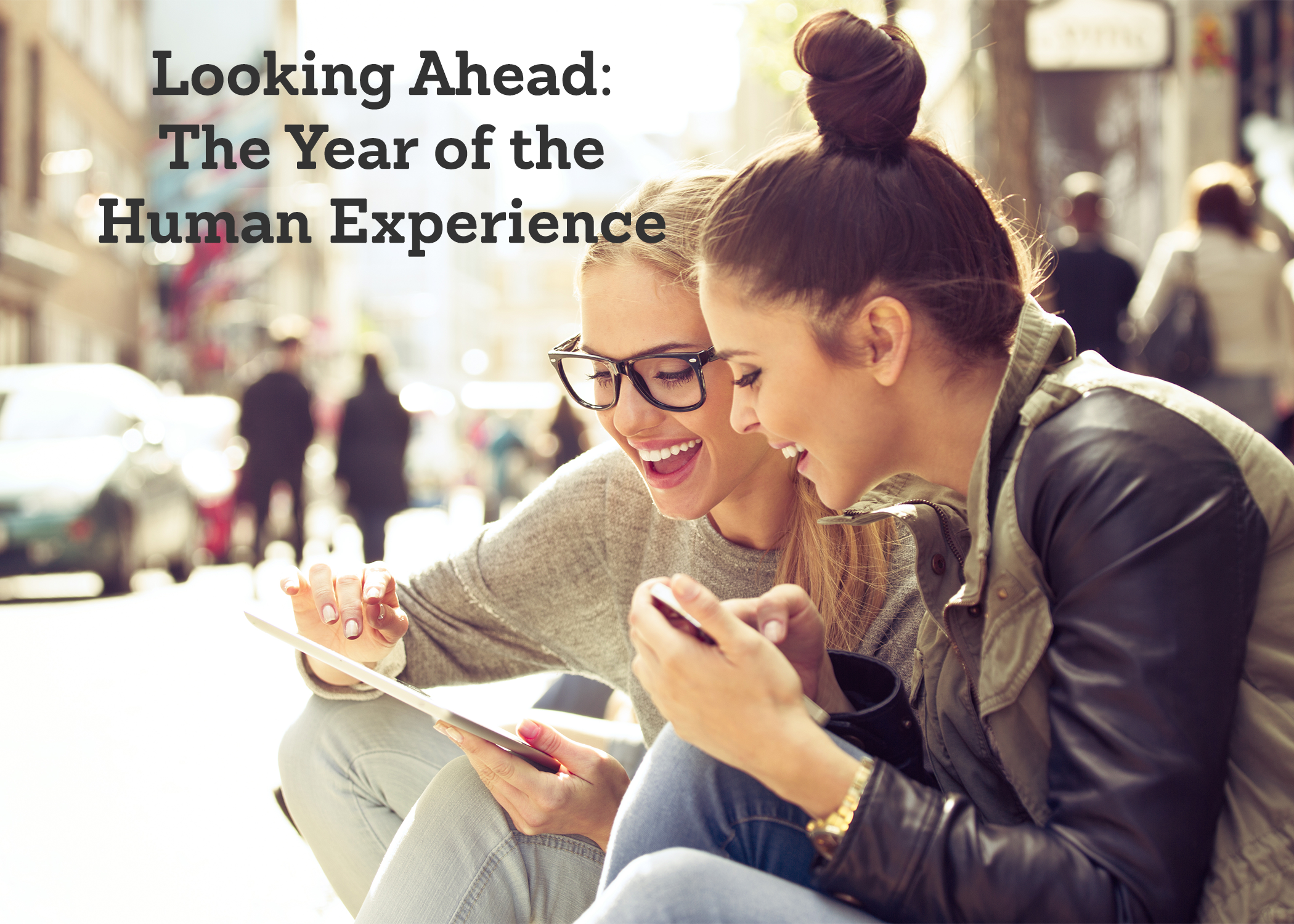As we launch into 2019, the new year brings new opportunities and challenges for marketers. However, one thing remains constant. On the receiving end of every marketing touchpoint is a human. In an era of AI, chatbots and technology the consumer experience with your brand is more important than ever before.
Meaningful Connection = The Human Experience
We all recognize that marketing has gone through an amazing evolution over the past few years as the need to establish and maintain meaningful connections with customers continues to evolve. The importance of creating these connections will become even more important as we head into 2019.
When we think about the evolution of marketing, we can cite many examples of what this looks like. Mass marketing has evolved into personalization. Marketing through a single channel has evolved into multi-channel marketing. Customer Service has evolved into the Customer Experience (CX). And, just as personalization has further evolved into individualization and multi-channel marketing has further evolved into omnichannel marketing, it is time to evolve CX as well.
“…Customer experience is (a) the sum of all the interactions that a customer has with a company over the course of the relationship and (b) the customer’s feelings, emotions and perceptions of the brand over the course of those interactions.” Annette Franz Founder / CEO CX Journey
It is time to evolve the Customer Experience into The Human Experience.
The customer experience is the collective impact of all touchpoints over the course of a customer's interaction with an organization. This includes the Customer Journey and the various marketing outreach across channels, as well as the “relationship” with the product, and services. When you also understand, and consider, individual intent, individualization of content, and deliver an emotion-evoking marketing message, you are now starting to hone in on the Human Experience (HX).
“The Human Experience is a need to understand, with equal parts empathy and strategic business-savvy, a person’s ideal path in interacting with a company, brand, product or service.” Pixels and Place: Connecting Human Experience Across Physical and Digital Spaces, Kate O’Neill.
How can you cultivate this type of experience, this type of human connection?
Talk to your customers. Look and listen to the various target profiles of customers who use the products or services. Understand the meanings and feelings that are important to different customer segments and address fundamental human needs, in addition to meeting functional and transactional needs. Companies that look beyond commercial needs to understand and meet human desires are more likely to offer value. When you offer value, you establish the basis for a meaningful relationship.
More than 50 years ago, Peter Drucker talked about business as being marked by a focus on human relationships, as opposed to the crunching of numbers. “The purpose of business is not to make profit but to satisfy the needs and expectations of customers. The consequence of satisfied customers is incremental profit.” I love this! Establish emotional connections beyond reason and need. Focus on purpose vs profit.
As we move into 2019, and we think about the trends that are likely to play a big role, AI and Machine Learning - two technological advancements - come to mind. How can we focus on the human experience with the focus on AI and Machine Learning? Can these types of technological innovation also support the Human Experience?
There is concern about technology replacing humans, leading to an impersonal experience for consumers. However, too often, experiences with the organizations we transact with do not provide a human experience. When we have a problem with a product or service, we call the 1-800 number and sure, there is a human on the other end of the phone. But, it often feels as if the person, whose job it is to help us, is reading off a script with canned responses to our very different and very human situations. This creates a bad experience for the consumer. There is a belief that Machine Learning can actually improve the customer experience, fix the gaps in human interactions, and provide a more human experience.
“80% of brands believe they deliver great consumer experiences, but, according to the WFA, only 8% of consumers agree...Human first, technology second.” Mark Sherwin, January 2018.
One example of successfully bridging the gap between technology and human experience is the Chatbot. Chatbots talk one-on-one to customers via messaging. While chatbots are not yet universally accepted as a substitute for human engagements with a brand, they are available any time the consumer wants to “talk”, and response is immediate. It is believed that consumers will be able to pick up the conversation with chatbots exactly where they left off and that this will become the primary way consumers communicate with brands. Once consumers get used to this, there will be no turning back.
Treat people like people, not consumers. Think about, and understand, the data that tells you, what they actually need vs. how you are going to sell your product. Be flexible to accommodate their individual needs. Combine data, design, marketing, content and commerce. Companies that cultivate a human experience, that give customers a reason to believe in the brand, will be the successful ones.


Lookalike Audiences Enhance customer acquisition by identifying high-potential prospects, boosting response rates, and lowering advertising costs.
Retargeting Postcards Double the performance of your direct mail retargeting.
Amplify Recognize unknown visitors who are actually customers. Add 20-40% to your ESP/CRM campaigns.
IQ Mail Retain customers with personalized, timely messages for those opting out of digital channels.






Comments